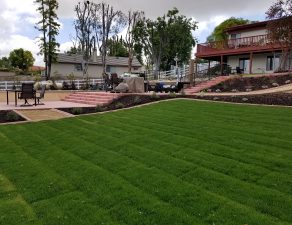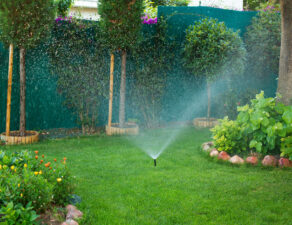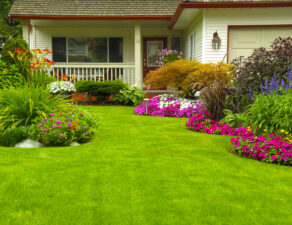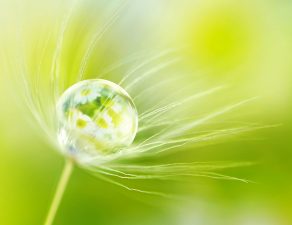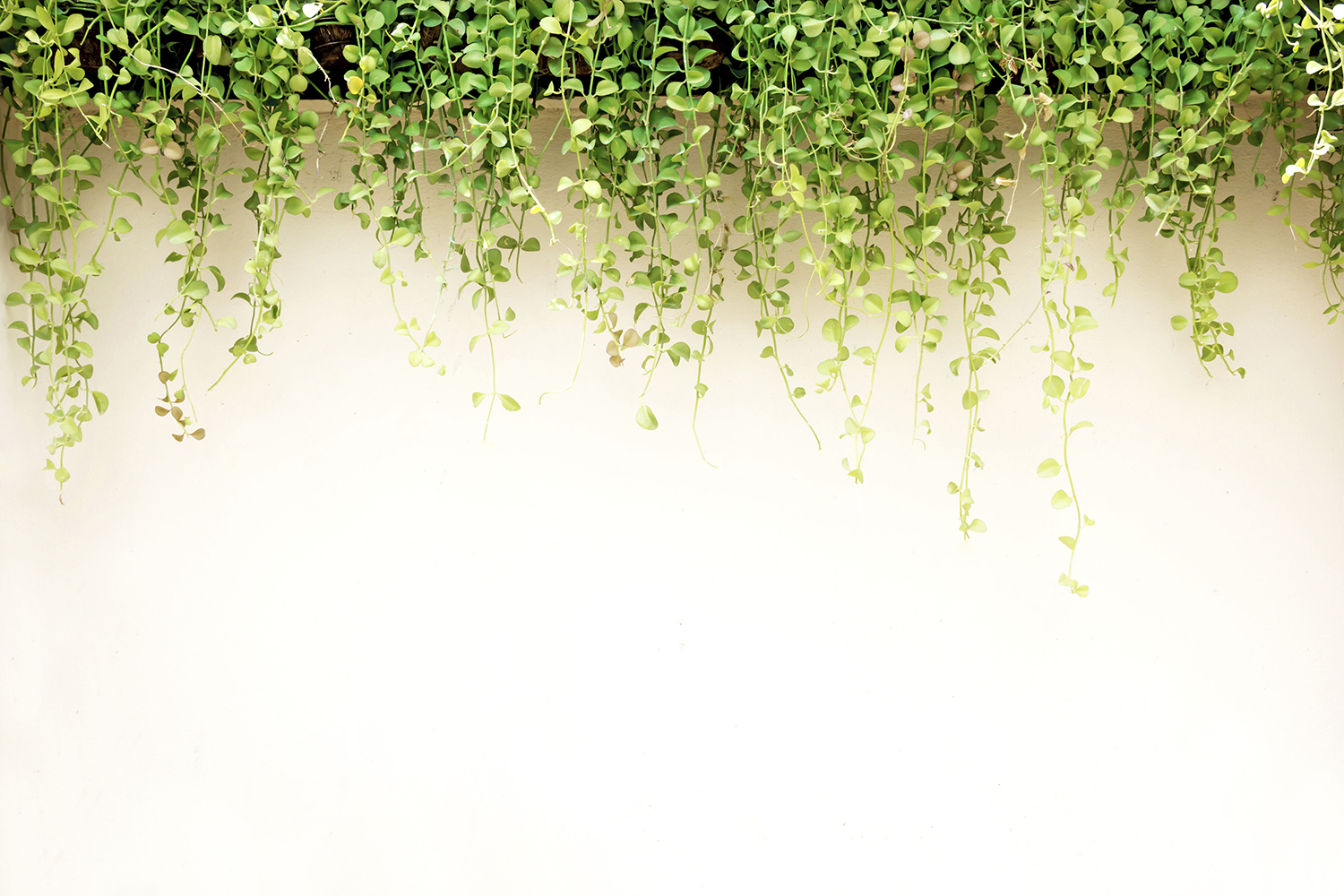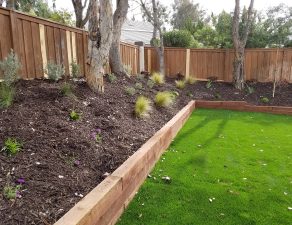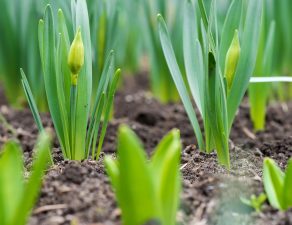
In response to drought conditions, or perhaps simply in an effort to reduce water bills and maintenance time, many of our customers have replaced their traditional grass lawns with kurapia. Kurapia has enjoyed a surge of popularity due to its low water requirements, but many of you don’t know much about it otherwise. Now that your kurapia lawn has filled in, here’s what you need to know about maintaining it.
No, you don’t need to mow kurapia. Before your kurapia lawn fills out, mowing can encourage the plant to put out more runners and help it become well established. After your lawn has filled in, you don’t actually need to mow it anymore. When allowed to grow uncontrolled, kurapia will top out at only 2 to 3 inches tall. So you don’t need to mow it, but you can certainly do so (once or twice per month) if you prefer the lawn to stay shorter.
Edging will control the spread of kurapia. While kurapia does not grow very tall, it will continue to spread laterally. So you do need to perform regular edging to prevent it from taking over other garden spaces or even sprawling across hardscape.
Weeding might be necessary. Weeds can and do invade kurapia lawns. Treating the ground for weeds before installing your kurapia lawn can prevent much of this problem. If you do notice weeds encroaching into your turf, you can pull them by hand or apply an appropriate herbicide.
Kurapia needs minimal fertilizer. Avoid fertilizers while your kurapia lawn is establishing itself. Once it has filled out, you only need to fertilize twice per year. Avoid liquid fertilizers, and use a slow-release, balanced organic option instead.
Kurapia provides a low-water groundcover after it is established. New kurapia turf should be watered lightly and frequently until it is well established. Mature kurapia, on the other hand, can withstand significant drought.
When you water your mature kurapia lawn, do so deeply and then allow the ground to completely dry before the next watering. In most cases twice-monthly waterings will suffice, but you might need to adjust this according to sun and sandy soil conditions.
And finally, make sure you avoid over-watering your kurapia lawn. This is the most common problem with kurapia, and it will cause diseases and rot.
If you’re considering a kurapia lawn, or need more information on maintaining your current installation, do give us a call. We will share everything you need to know, so that you can enjoy a lush, durable lawn.

